
A Scanner Darkly is a science fiction novel by American writer Philip K. Dick, published in 1977. The semi-autobiographical story is set in a dystopian Orange County, California, in the then-future of June 1994, and includes an extensive portrayal of drug culture and drug use. The novel is one of Dick's best-known works and served as the basis for a 2006 film of the same name, directed by Richard Linklater.

Ballet is a type of performance dance that originated during the Italian Renaissance in the fifteenth century and later developed into a concert dance form in France and Russia. It has since become a widespread and highly technical form of dance with its own vocabulary. Ballet has been influential globally and has defined the foundational techniques which are used in many other dance genres and cultures. Various schools around the world have incorporated their own cultures. As a result, ballet has evolved in distinct ways.

Spandau Ballet were an English pop band formed in Islington, London, in 1979. Inspired by the capital's post-punk underground dance scene, they emerged at the start of the 1980s as the house band for the Blitz Kids, playing "European Dance Music" as "The Applause" for this new club culture's audience. They became one of the most successful groups of the New Romantic era of British pop and were part of the Second British Invasion of the Billboard Top 40 in the 1980s, selling 25 million albums and having 23 hit singles worldwide. The band have had eight UK top 10 albums, including three greatest hits compilations and an album of re-recorded material. Their musical influences ranged from punk rock and soul music to the American crooners Frank Sinatra and Tony Bennett.
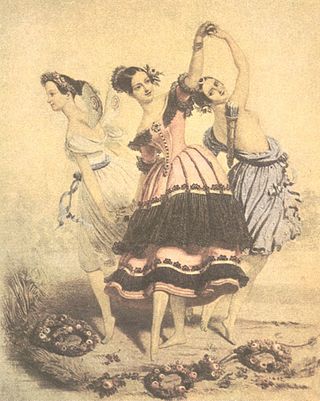
The Romantic ballet is defined primarily by an era in ballet in which the ideas of Romanticism in art and literature influenced the creation of ballets. The era occurred during the early to mid 19th century primarily at the Théâtre de l'Académie Royale de Musique of the Paris Opera Ballet and Her Majesty's Theatre in London. It is typically considered to have begun with the 1827 début in Paris of the ballerina Marie Taglioni in the ballet La Sylphide, and to have reached its zenith with the premiere of the divertissement Pas de Quatre staged by the Ballet Master Jules Perrot in London in 1845. The Romantic ballet had no immediate end, but rather a slow decline. Arthur Saint-Léon's 1870 ballet Coppélia is considered to be the last work of the Romantic Ballet. Romantic ballet is believed to have been experienced in three main phases: The zenith phase from 1830-1840, the decline phase from 1850-1880, and the revival phase in the 1890s prior to Diaghilev. Each phase is synonymous with the production of a few specifically stylized ballets.

A tutu is a dress worn as a costume in a classical ballet performance, often with attached bodice. It may be made of tarlatan, muslin, silk, tulle, gauze, or nylon. Modern tutus have two basic types: the Romantic tutu is soft and bell-shaped, reaching the calf or ankle; the Classical tutu is short and stiff, projecting horizontally from the waist and hip.
Chantal Sophia "Tessa" Dahl is a British author and former actress. She is the daughter of British-Norwegian author Roald Dahl and American actress Patricia Neal.
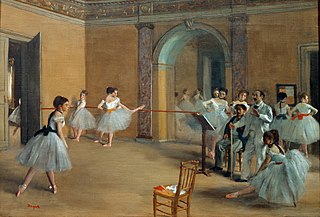
Classical ballet is any of the traditional, formal styles of ballet that exclusively employ classical ballet technique. It is known for its aesthetics and rigorous technique, its flowing, precise movements, and its ethereal qualities.

A ballerina skirt, also referred to as a Juliet skirt or a romance skirt, is a full skirt that is worn by ballet dancers and is composed of multiple layers of fabric. Ballet dancers wear the longer version of the skirt, while for fashion purposes the skirt is worn shorter, like a mini skirt for better dancing, the cocktail version. The standard ballerina attire is composed of fabric with a wire, in order for tulle to be visualized as stiff when it is around their waists. The Juliet styled skirt is free-flowing and covers the majority of their legs to place a high emphasis on the performer's legs.
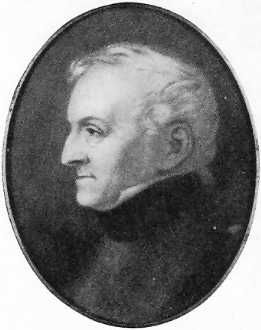
Filippo Taglioni was an Italian dancer and choreographer and personal teacher to his own daughter, Romantic ballerina Marie Taglioni. Also, although August Bournonville's version is better known, it was Taglioni who was the original choreographer of La Sylphide, in 1832.

Tessa Lynne Thompson is an American actress. She began her professional acting career with the Los Angeles Women's Shakespeare Company while studying at Santa Monica College, appearing in productions of The Tempest and Romeo and Juliet. Following her role in Veronica Mars (2005–2006), her breakthrough came with leading roles in Tina Mabry's independent drama film Mississippi Damned (2009) and Tyler Perry's For Colored Girls (2010).
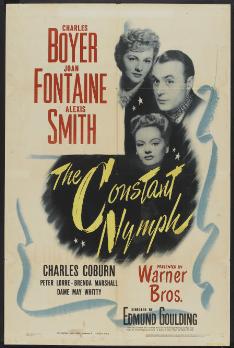
The Constant Nymph is a 1943 romantic drama film starring Charles Boyer, Joan Fontaine, Alexis Smith, Brenda Marshall, Charles Coburn, May Whitty, and Peter Lorre with a famous score by Erich Wolfgang Korngold. It was adapted by Kathryn Scola from the 1924 novel of the same name by Margaret Kennedy and the 1926 play by Kennedy and Basil Dean and directed by Edmund Goulding.

Now Is Good is a 2012 teen romantic drama film written and directed by Ol Parker, based on the 2007 novel Before I Die by Jenny Downham. The film, which stars Dakota Fanning, Jeremy Irvine and Paddy Considine, centres on Tessa, a teenage girl who is dying of leukaemia and tries to enjoy her remaining life as much as she possibly can.

Tessa Dare is a New York Times and USA Today bestselling American historical romance novelist. She has authored fifteen novels and novellas and created five different series. In 2012, she won the Romance Writers of America RITA award for Best Regency Historical Romance for her book A Night to Surrender.

Ballet of the Nuns is the first ballet blanc and the first romantic ballet. It is an episode in Act 3 of Giacomo Meyerbeer's grand opera, Robert le diable. It was first performed in November 1831 at the Paris Opéra. The choreography was created by Filippo Taglioni. Jean Coralli may have choreographed the entry of the nuns.

A Night to Surrender is a Regency romance written by Tessa Dare and published in 2011. It won a RITA Award for Best Regency Historical Romance and the 2011 Romantic Times award for Historical Love and Laughter.

Charlie is a 2015 Indian Malayalam-language adventure drama film directed by Martin Prakkat and written by Prakkat and Unni R. Produced by Prakkat, Joju George and Shebin Becker, the film stars Dulquer Salmaan and Parvathy. The music is composed by Gopi Sundar, while Jomon T. John handles the cinematography. The film released on 24 December. It won 8 awards at the 46th Kerala State Film Awards, including Best Actor, Best Actress, Best Director and Best Cinematography. It was remade into Marathi and Tamil as Deva and Maara, respectively.

A Cinderella Story: If the Shoe Fits is a 2016 American teen comedy musical film directed by Michelle Johnston and starring Sofia Carson, Thomas Law and Jennifer Tilly. It is the fourth installment in the A Cinderella Story series. The film was released digitally on August 2, 2016, and on DVD on August 16, 2016. It premiered on Freeform on November 27, 2016 with 1.11 million viewers tuning in. It also aired on Disney Channel on January 16, 2017 and was watched by 2.13 million viewers.

After is a 2019 American romantic drama film directed by Jenny Gage, who co-wrote the screenplay with Susan McMartin, Tamara Chestna, and Tom Betterton, based on the 2014 novel of the same name by Anna Todd. It is the first installment in the After film series. The film stars Hero Fiennes Tiffin and Josephine Langford and follows a young woman who begins to romance a mysterious student during her first months of college. The cast includes Selma Blair, Inanna Sarkis, Shane Paul McGhie, Pia Mia, Khadijha Red Thunder, Dylan Arnold, Samuel Larsen, Jennifer Beals and Peter Gallagher in supporting roles.
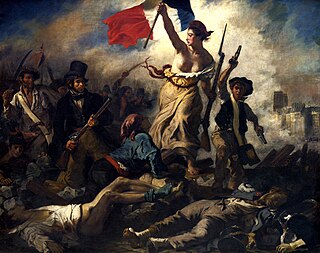
Romanticism was a literary and artistic movement that appeared in France in the late 18th century, largely in reaction against the formality and strict rules of the official style of neo-classicism. It reached its peak in the first part of the 19th century, in the writing of François-René de Chateaubriand and Victor Hugo, the poetry of Alfred de Vigny; the painting of Eugène Delacroix; the music of Hector Berlioz; and later in the architecture of Charles Garnier. It was gradually replaced beginning in the late 19th century by the movements of Art Nouveau, realism and modernism.

After Ever Happy is a 2022 American romantic drama film directed by Castille Landon from a screenplay by Sharon Soboil, based on the 2015 novel of the same name by Anna Todd. It is the sequel to After We Fell (2021) and the fourth installment in the After film series. The film stars Josephine Langford and Hero Fiennes Tiffin reprising their roles as Tessa Young and Hardin Scott, respectively.



















